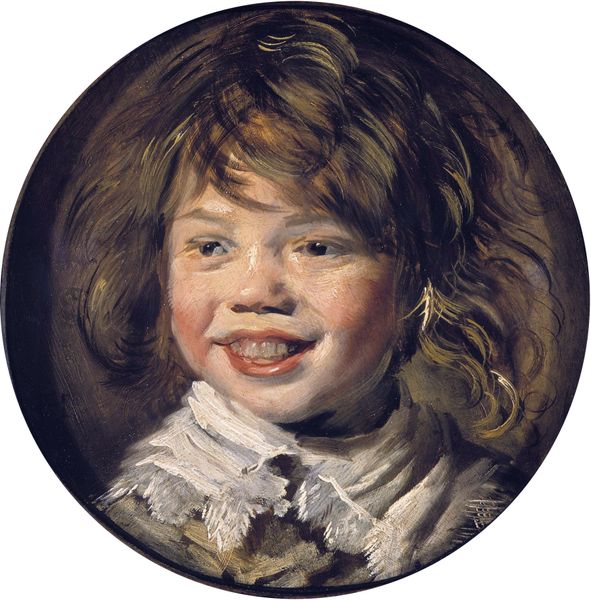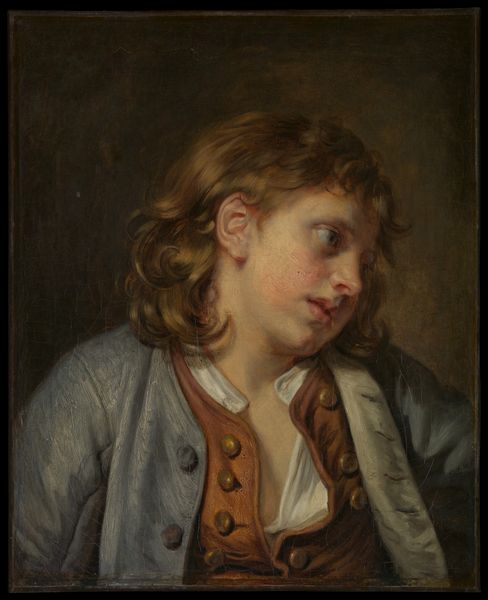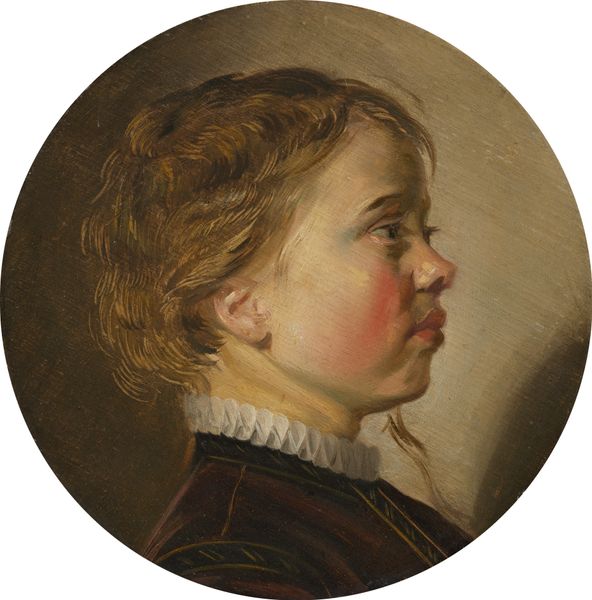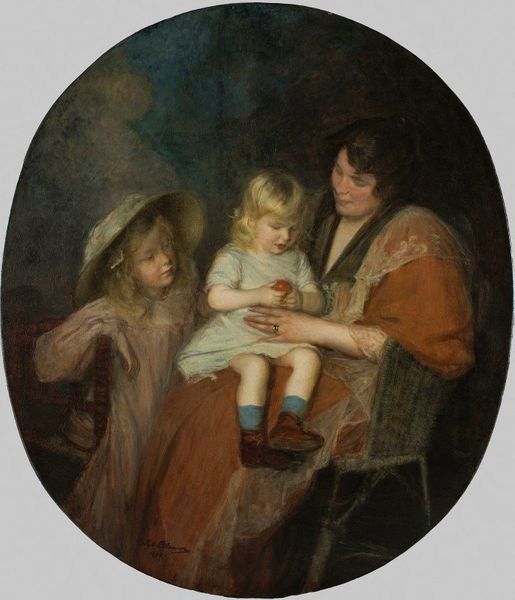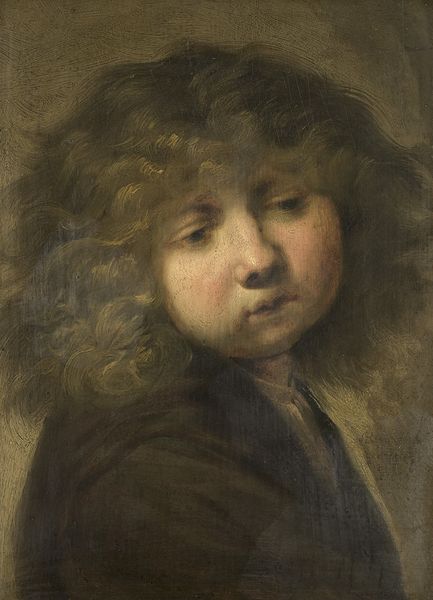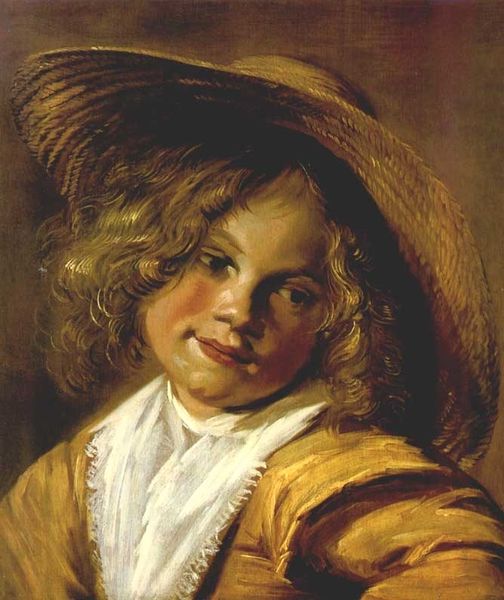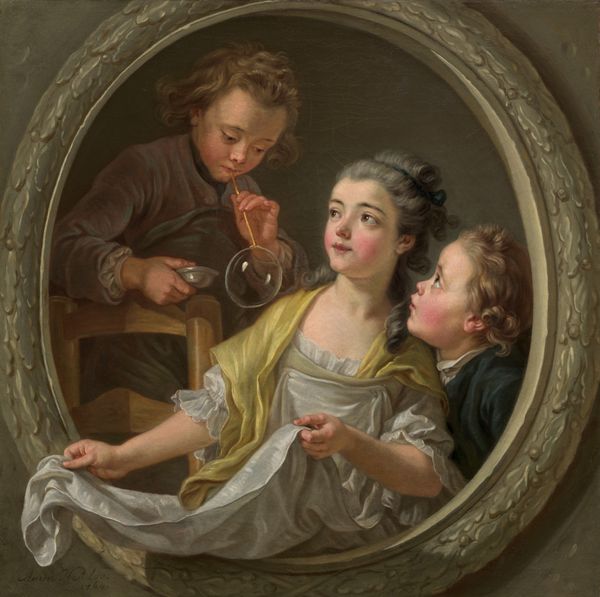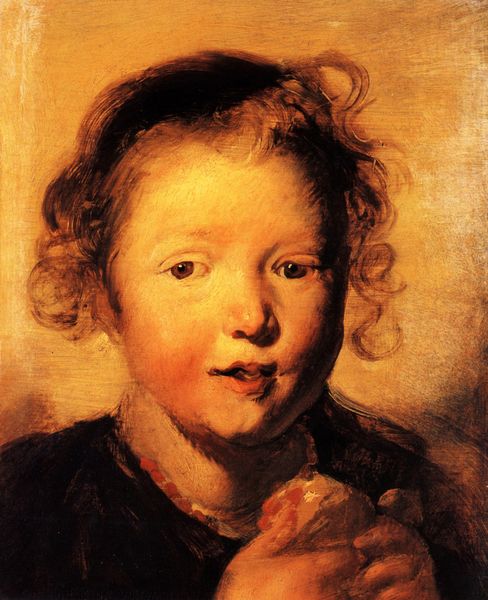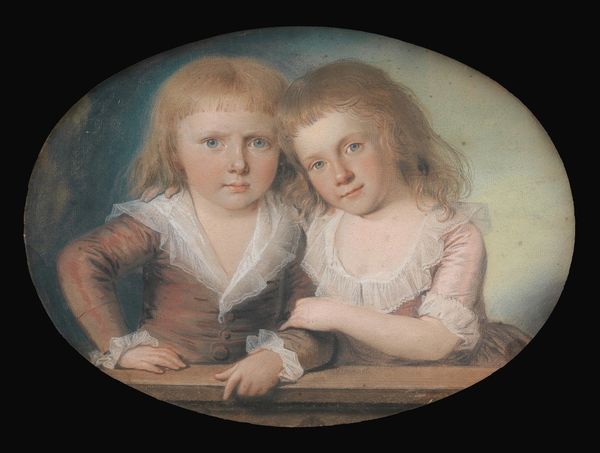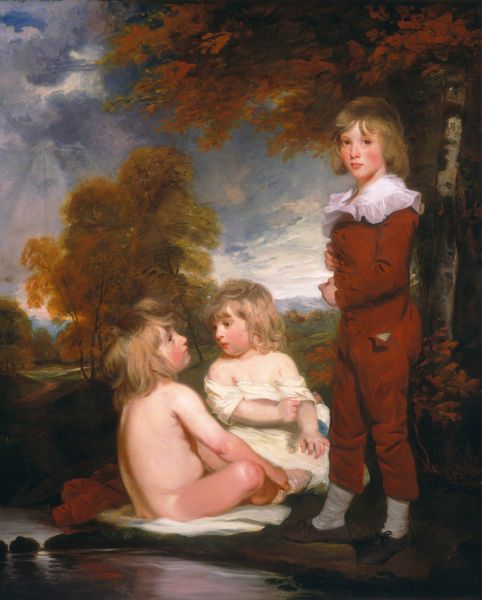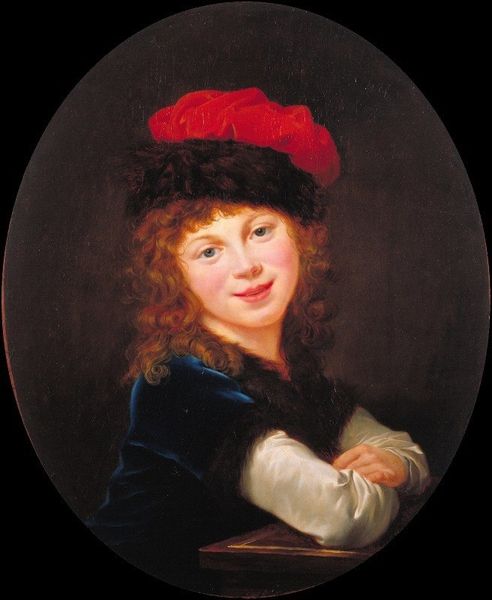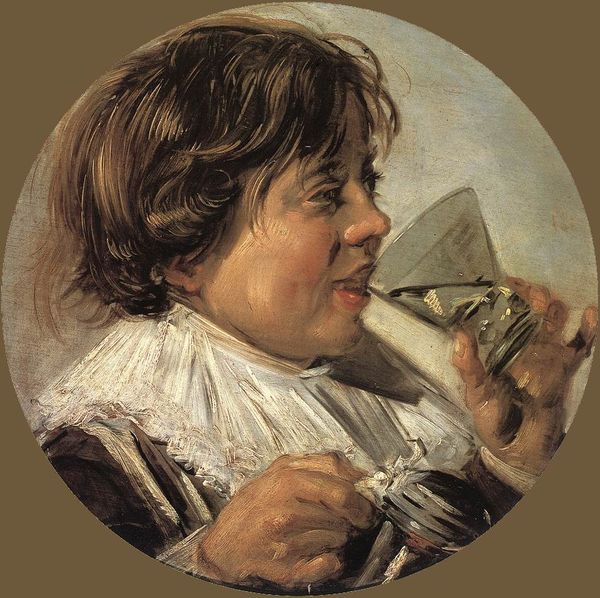
painting, oil-paint
#
portrait
#
baroque
#
dutch-golden-age
#
portrait
#
painting
#
oil-paint
#
figuration
#
genre-painting
Dimensions: Octagonal, 18 3/8 x 19 1/2 in. (46.7 x 49.5 cm)
Copyright: Public Domain
Curator: Oh, my! What a mischievous smile. Is it just me, or does this portrait seem wonderfully alive? Editor: It has a raw, unfiltered energy. Though painted with oil, the composition highlights the rough pleasures of tobacco, emphasizing a moment of indulgence accessible across classes at the time. I notice the coarse fabric of their clothing; its production connects directly to colonial trade routes. Curator: True, there’s a definite earthiness to it, but look at the soft glow Hals captures! Frans Hals, by the way, painted this gem, *The Smoker*, around 1623-1625. It just oozes charm. It is now one of the many jewels hosted by the Metropolitan Museum of Art. The piece manages to capture such fleeting moments... I feel like I am witnessing the scene as it unfolds! Editor: And think of the materiality behind those fleeting moments. The pipes were often clay—cheap and readily available—mass-produced, which reveals interesting tensions as tobacco becomes intertwined in complex economic systems tied directly to colonialism. Even their inebriated joy has material consequences and costs to others. Curator: Such perspective changes my feelings about it—adds complexity to this initially happy scene. The other two figures—partially obscured but grinning just as widely—make me wonder about the story he’s not telling. Is it purely celebratory, or is there a subtle critique? Editor: Exactly! By examining the physical components of this scene—the paint, the pipes, the very clothes they wear—we start to understand not just Hals’ technical skill, but also the socioeconomic framework he inhabited. Curator: So, not just capturing a likeness but holding up a mirror to Dutch society itself? Even the slightly asymmetrical octagon shape gives the scene a lively immediacy—far from traditional Baroque formalism. What a playful twist! Editor: The irregular form also reminds us of the hand of the artist—the choices involved in shaping both material and subject matter. It highlights the labor of creating not only the painting itself but also a constructed image of a very specific culture and class. Curator: What an interesting point, the labor. I think that I shall keep it in mind as I continue onward. Editor: Hopefully that insight colors how visitors consider every object they encounter today!
Comments
No comments
Be the first to comment and join the conversation on the ultimate creative platform.
